This is the first footage shot on the Kodak’s reborn Super 8 film camera
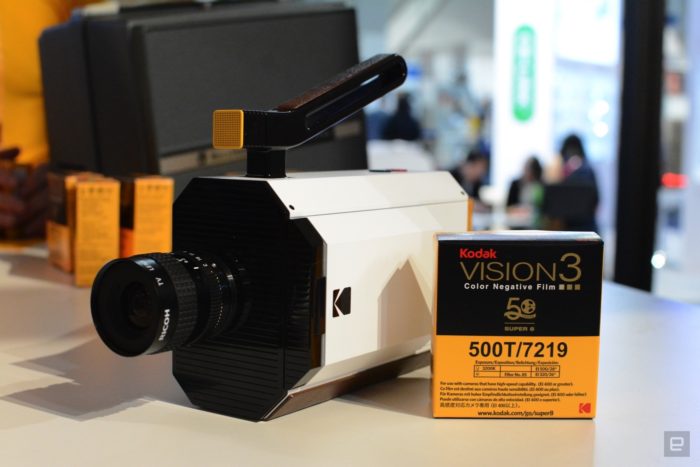
This is the first video shot on the Kodak’s reborn Super 8 film camera:
Will this project succeed? I am a nostalgic persona and I hope they will!
via Engadget

This is the first video shot on the Kodak’s reborn Super 8 film camera:
Will this project succeed? I am a nostalgic persona and I hope they will!
via Engadget
Hasselblad just announced the new H6D-400c which you can preorder for a crazy $47,000 on BHphoto now.
I know I know folks. This isn’t a mirrorless camera! But still it’s worth to be mentioned here that this new toy can take 400MP images in multi-shot mode. That sets a new bar for the competition. The day is coming closer we will have 1 GIGABYTE photos :)
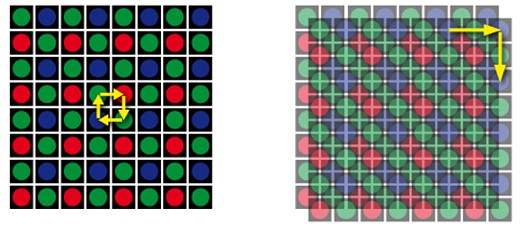
Press text via Dpreview:
Building on a vast experience of developing exceptional, high-quality single and multi-shot cameras, Hasselblad once again has raised the bar for image quality captured with medium format system.
Multi-Shot capture has become an industry standard in the field of art reproduction and cultural heritage for the documentation of paintings, sculptures, and artwork. As the only professional medium format system to feature multi-shot technology, Hasselblad continues to be the leading choice for institutions, organizations, and museums worldwide to record historic treasures in the highest image quality possible.
With over 10 years of digital imaging expertise, the latest Multi-Shot digital camera combines the H6D’s unrivalled ease of use with a completely new frontier of image quality and detail. This new camera encompasses all of the technological functions of Hasselblad’s H6D single shot camera, and adds to that the resolution and colour fidelity leaps that only Multi-Shot photography can bring to image capture.
With an effective resolution of 400MP via 6 shot image capture, or 100MP resolution in either 4 shot Multi-Shot capture or single shot mode, the Multi-Shot capture requires the sensor and its mount to be moved at a high-precision of 1 or ½ a pixel at a time via a piezo unit. To capture Multi-Shot images the camera must be tethered to a PC or MAC.
In 400MP Multi-Shot mode, 6 images are captured, the first 4 involve moving the sensor by one pixel at a time to achieve real colour data (GRGB- see 4 shot diagrams below), this cycle then returns the sensor to its starting point. A further two exposures are made moving the sensor by ½ a pixel horizontally and then ½ a pixel vertically (see 6 shot diagram on next page). These 6 captures are then merged to give the equivalent of a single 400MP image, delivered as a 2.3GB 16-bit TIFF (23200 x 17400 pixels), for those seeking the utmost in image quality and resolving power.
The H6D-400c MS encompasses all the features and functionality of Hasselblad’s standard single shot cameras:
The H6D-400c MS will begin shipping March 2018 with a MSRP of € 39,999 / $ 47,995 / £ 36,250 / RMB 319,999 / JPY 5,391,380 excl. VAT.
Pre-orders can start to be taken January 16th
The H6D-400c MS will also be available to rent through your local Hasselblad sales representative. The rental fee is approx. €399/day for short term loans, but you can save up to 50% of that cost if you rent for a longer period.
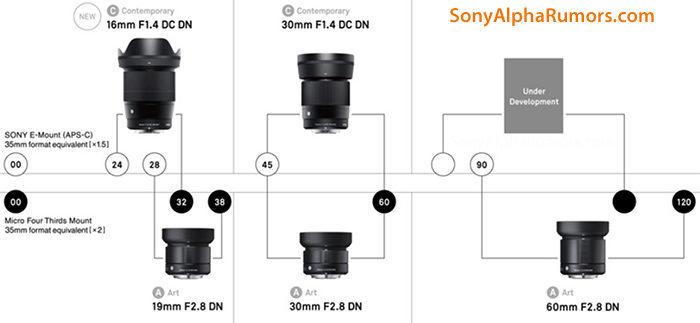
We are going to get a bunch of new lenses soon. Here is the list:
Sigma 50mm f/1.4 DC for MFT and E-mount
Sony 400mm f/2.8 FE GM OSS (August)
Zeiss 25mm f/2.4 FE
Laowa 9mm f/2.8 APS-C E-mount lens
Panasonic Leica 50-200mm MFT
Fuji 15-45mm F3.5-5.6 OIS Pancake Power Zoom
Did I forget something? Probably yes :)
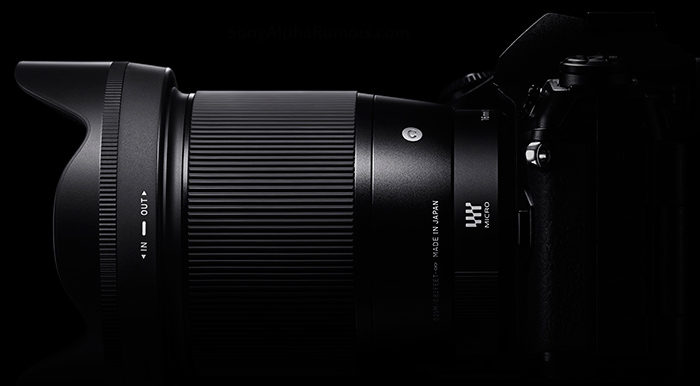
So far our Sigma rumors and leaks have been very reliable. Now one of our Sigma sources told us this:
Sigma and Nikon are very good partners. And according to indirect info he got the new Sigma lenses designed for Full Frame mirrorless will be launched for two systems: The Sony FE and the new Nikon FF mirrorless.
According to latest rumors Sigma might show their first Full Frame lenses for mirrorless system cameras at the Cp+ show which starts on March 1. Don’t know if that also means that Nikon will launch their first camera at CP+ too.
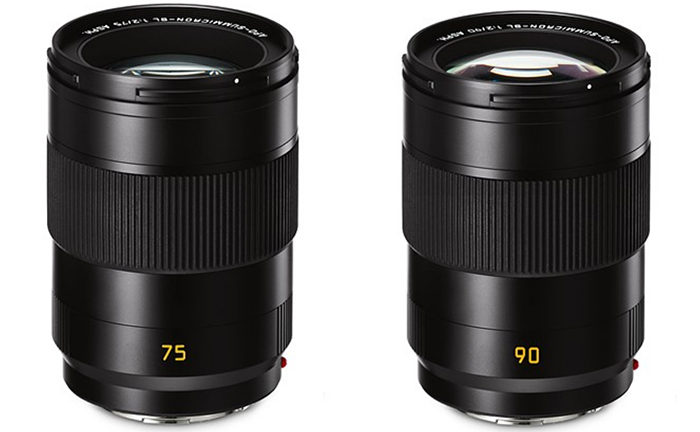
The new APO-Summicron-SL 75 mm f/2 ASPH and APO-Summicron SL 90 mm f/2 ASPH lenses embody superior performance and the finest engineering in compact designs
January 15, 2018 – Today, Leica Camera announces the first two editions of a new line of high-performance Summicron-SL lenses for the Leica SL-System; the APO-Summicron-SL 75 mm f/2 ASPH. and the APO-Summicron-SL 90 mm f/2 ASPH. that will be available in February for photographers across the country. Both lenses seamlessly work with the SL-System’s lightning-fast autofocus and, as with all SL-Lenses, have been designed and constructed in Germany with exceptional materials for a long work life, even withstanding the rigors of professional use while always providing superior image quality.
The focal lengths of these two SL-Lenses are ideal for all types of photography, and truly shine when used for portraiture. While the APO-Summicron-SL 75 mm f/2 ASPH., for example, captures exceptional natural portraits, the APO-Summicron-SL 90 mm f/2 ASPH. is a classic telephoto focal length for portraits with the often sought-after compression between the subject and background, ultimately creating the ideal aesthetic for exquisite pictures of people. Another great feature of these new lenses is their fast and silent autofocusing, meaning the photographer does not have to wait to take the perfect shot to quickly capture their subject’s best look, even for a moment.
Both the construction and design of the new, cutting-edge Summicron-SL line represent the continuing innovation in the development of lenses for the Leica SL-System. State-of-the-art, extremely precise manufacturing methods and measuring technologies were developed specifically for the production of these lenses. The results of these developments are reflected not only in the more compact dimensions and considerably lower weight of the lenses, allowing for greater portability, but also in their excellent imaging performance. As the Leica SL-System continues to evolve with new capabilities and lens options, the addition of these two primes further round out the Leica SL native lens selection, which now encompasses two zoom lenses and three prime lenses. Current Leica SL customers continue to receive new lens options at their disposal that can bolster their current capabilities, and new users have more selection than ever before.
Additionally, these lenses feature a new, faster autofocus system, as well as a considerably shorter close focusing limit for tight portraits of their subjects. The autofocus drive of all Summicron-SL lenses employs extremely powerful and robust stepping motors with DSD® (Dual Syncro Drive™). Thanks to this advanced focusing drive, the entire focusing range can be fully travelled in only around 250 milliseconds, providing photographers the confidence that they will always be able to instantaneously capture their subjects in crystal-clear sharp focus.
As both Summicron-SL primes deliver extremely high imaging performance at their largest f/2 aperture, the lenses are also ideal for photography in low-light or difficult lighting conditions. The Leica promise of ‘maximum aperture is a usable aperture’ also applies to the new SL-Lenses. Users can rest assured that their lens is capable of creating a tack-sharp photograph in any situation. Meticulous attention was paid to the prevention of stray light and reflections in the construction of the APO-Summicron-SL lenses. Together with optimizing the optical and mechanical design, the application of high-quality coatings to each lens surface reduces unavoidable reflections to an absolute minimum. Thus, photographers get a lens that always creates images with beautifully strong contrast, where other lenses may suffer from distracting flares and ghosting effects that detract from the photo.
All glass elements in any optical imaging system, including camera lenses, can sometimes refract certain colors of light at different lengths. Thus, not all rays of light from a multi-colored subject are always focused at the same point – the result of this imperfection is chromatic aberration, also known as color fringing. In order to reduce chromatic aberration to a hardly perceptible minimum, both new Summicron-SL lenses are Apochromatic, or in short, APO, corrected, allowing photographers to capture photos in high contrast situations without a distracting purple or green outline along backlit subjects. Further supporting this optical achievement, most of the eleven elements of the optical system, one of which is aspherical, feature anomalous partial dispersion and are manufactured from sensitive and specially formulated, high-quality glass. Without all of these state-of-the-art lens corrections, images could suffer from fringing, flares, ghosting or distortion. These incredibly well-corrected glass optics are what make a Leica lens special and so crystal clear.
The APO-Summicron-SL 75 mm f/2 ASPH. and the APO-Summicron-SL 90 mm f/2 ASPH. will be available in February. Both can be purchased at Leica Stores, Boutiques and Dealers. In the second half of 2018, the SL-System will even further increase its prime lens arsenal with the launch of a Summicron-SL 35 mm f/2 ASPH. and APO-Summicron-SL 50 mm f/2 ASPH.
via Dpreview
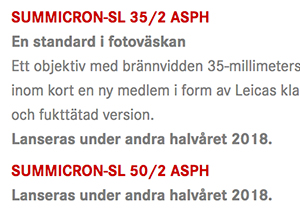
The Stockholm Leica Center confirmed the launch of a new Summicron-SL 50/2 ASPH for 2018.
via Nokishita
As reported days ago by Petapixel, Fstoppers and Fujirumors Canon Italy posted an image where the sky part seems to be “stolen” from Fuji photographer Elia Locardi.
Canon Italy finally answered the critic and showed their excelelnt art of self-distruction:
Hi everyone! Thanks so much for your comments on our post and flagging your concerns! We’ve taken this image from a website, https://unsplash.com/ dedicated to copyright-free photography. The image was taken by photographer @gregpaulmiller on a Canon EOS-1D Mark IV, with the following settings: ISO 100, f/6.3, shutter speed 2 seconds according to the website Unsplash.com. We do see the similarity with the image taken by Elia Locardi, though, the images have various identifiable differences including seasonal changes and additional elements like the people walking or sitting on the sides of the banks.
We always try to inspire our community when highlighting user generated content and hope that by posting this photo we have inspired others to take amazing pictures as well.
So Canon completely ignored that it’s the SKY that photographer @gregpaulmiller has probably stolen from Elia Locardi’s image. Canon marketing has surely seen all critics all over the world about that but ignored them and pointed at the difference on the people. This is a total HARAKIRI of Canon’s marketing and it shows they don’t give a damn to photographers copyright issues. They are hiding behind the fact that this image is from @gregpaulmiller.
I understand that shit happens sometimes. But it shows greatness to apologize for that. But Canon went the other way and turned the back on the issue.